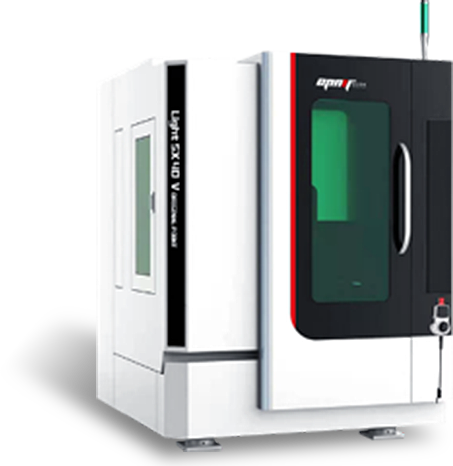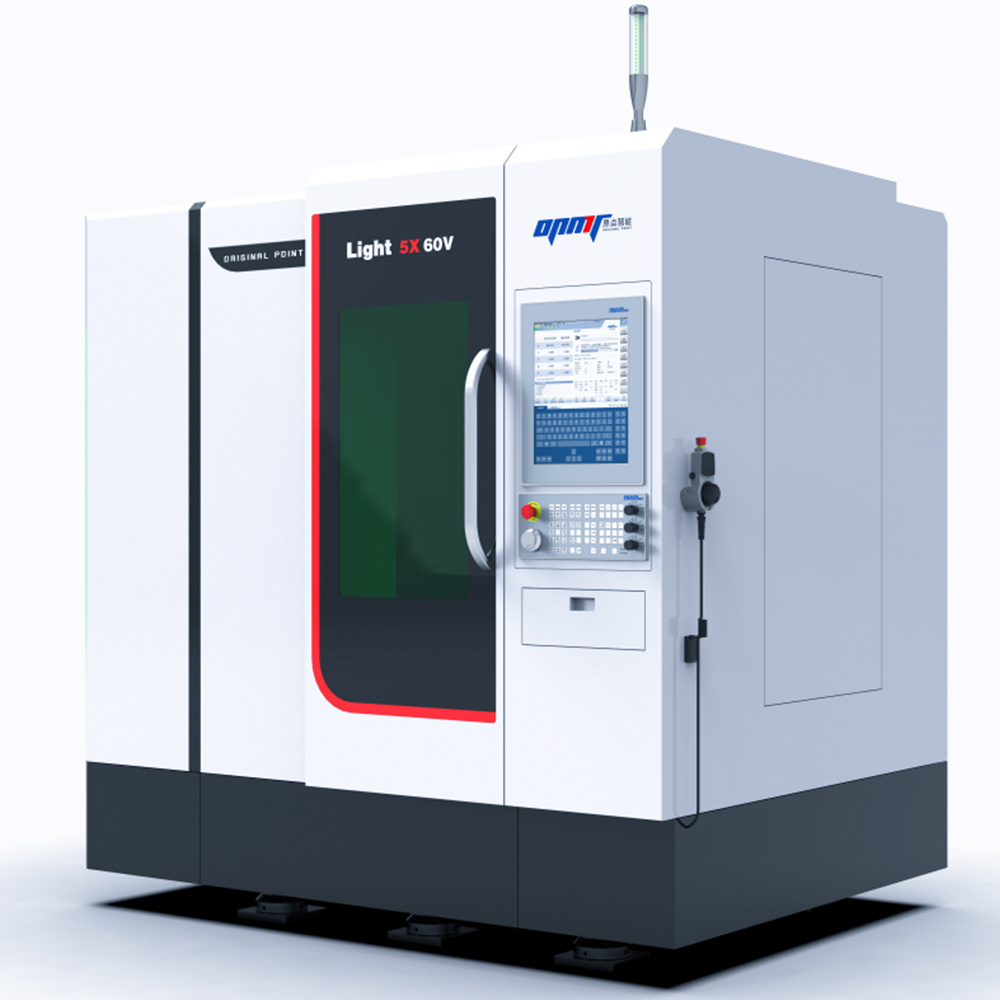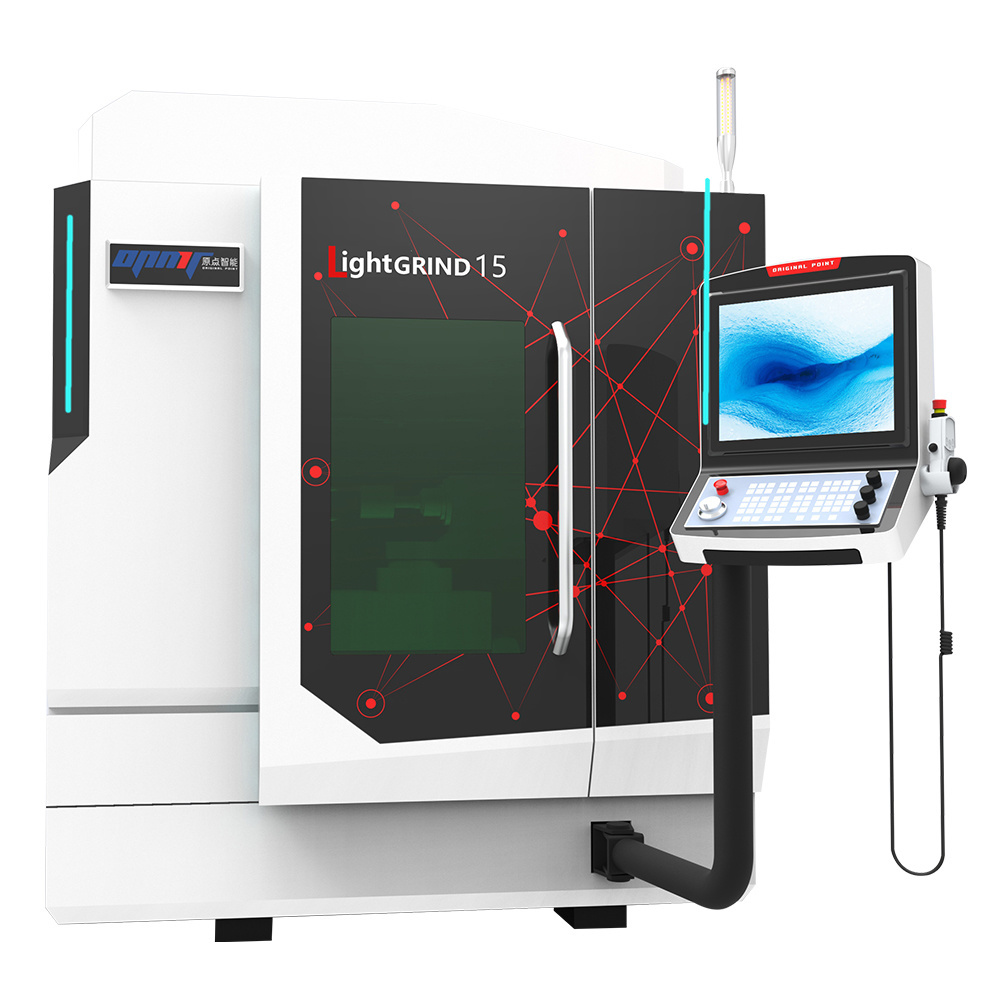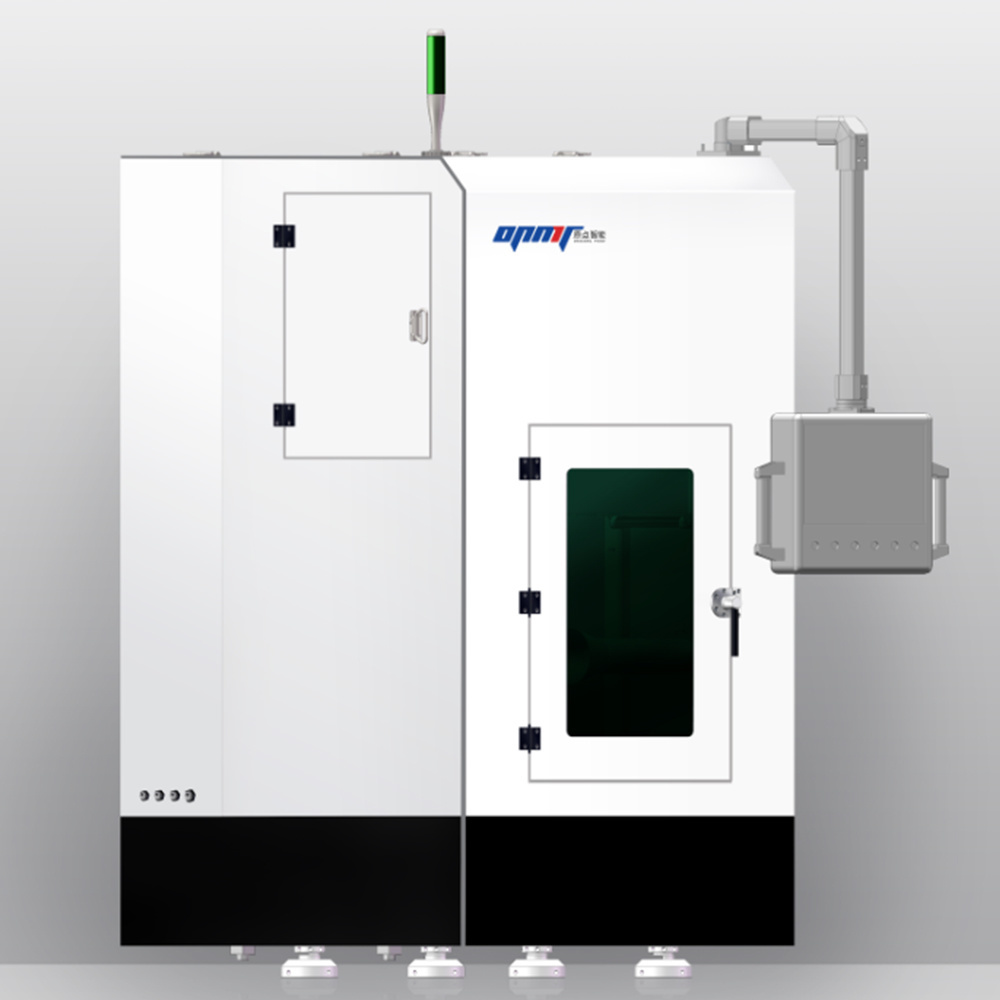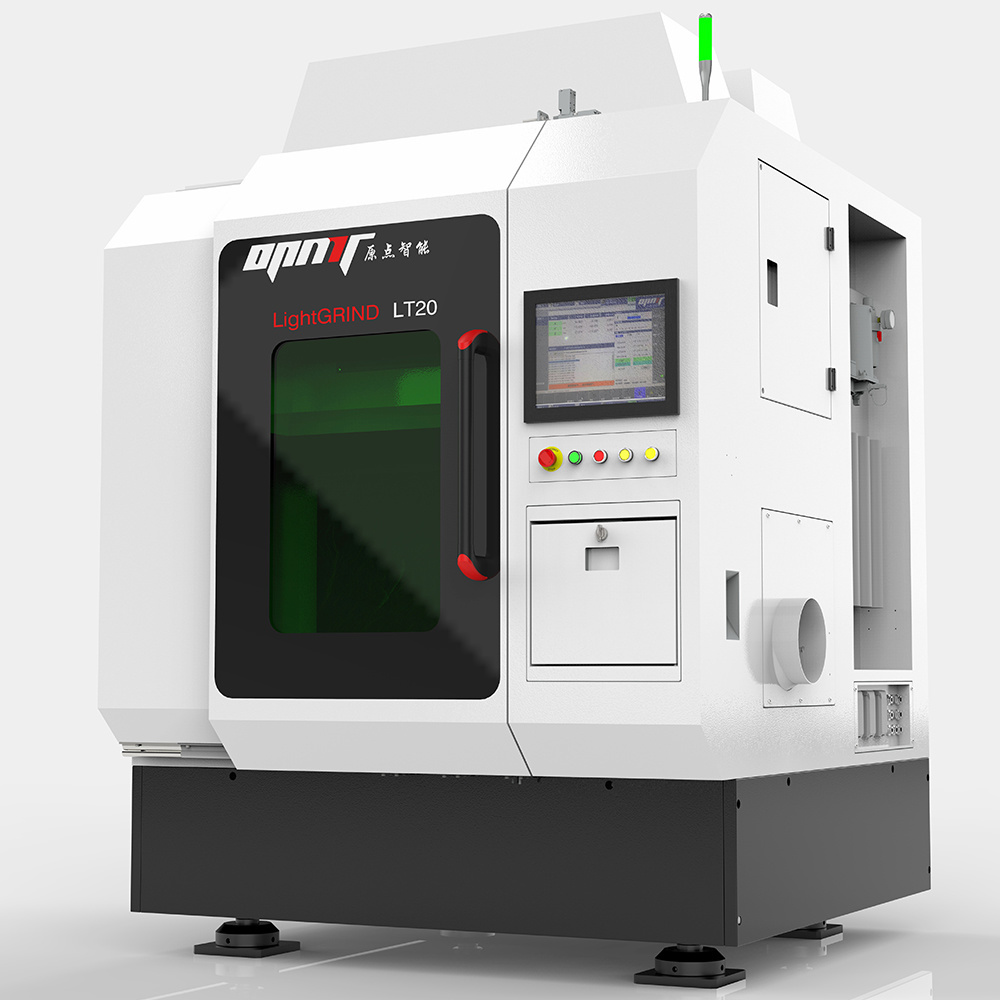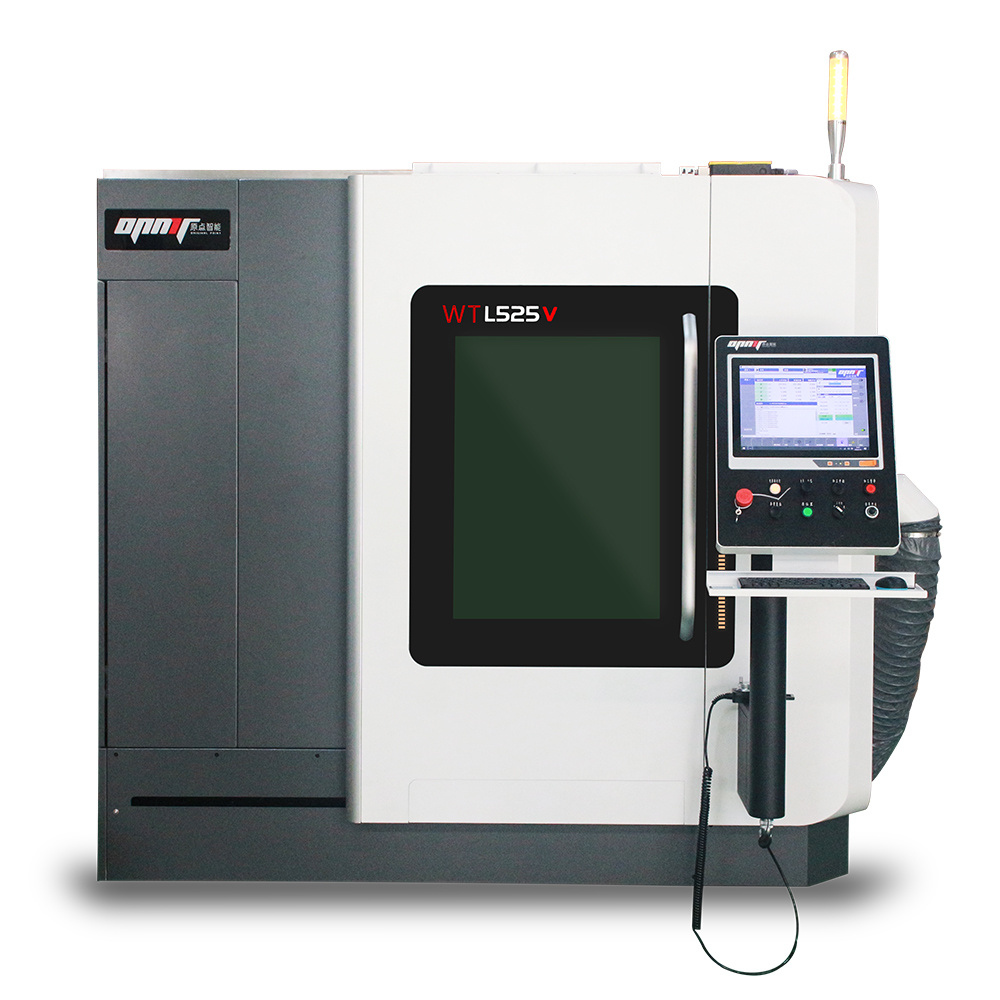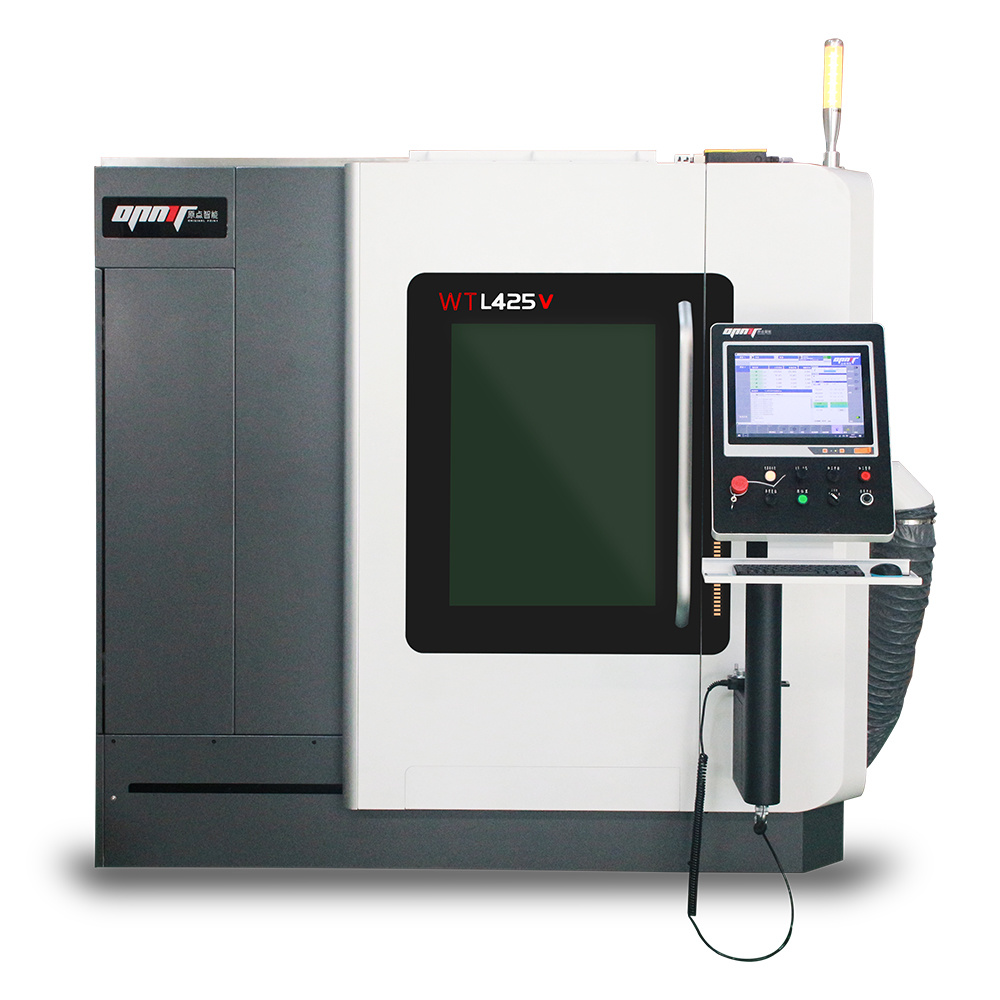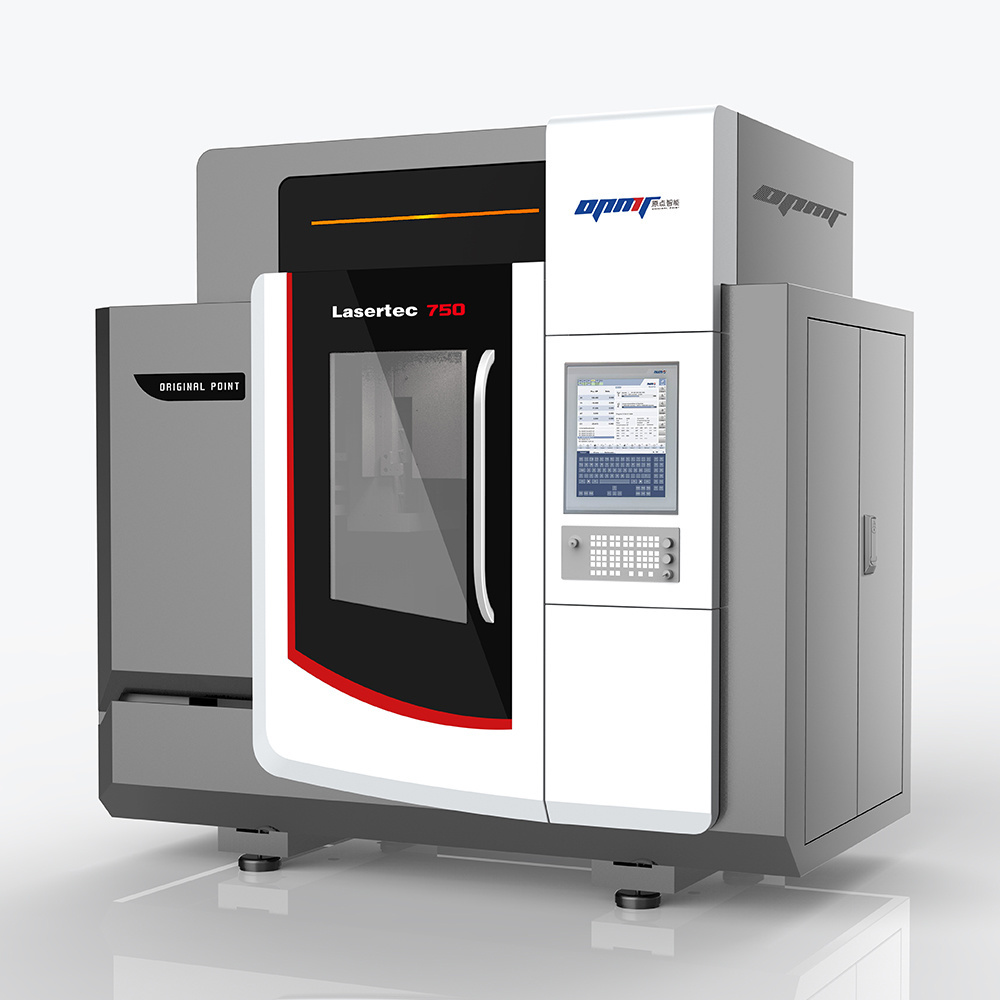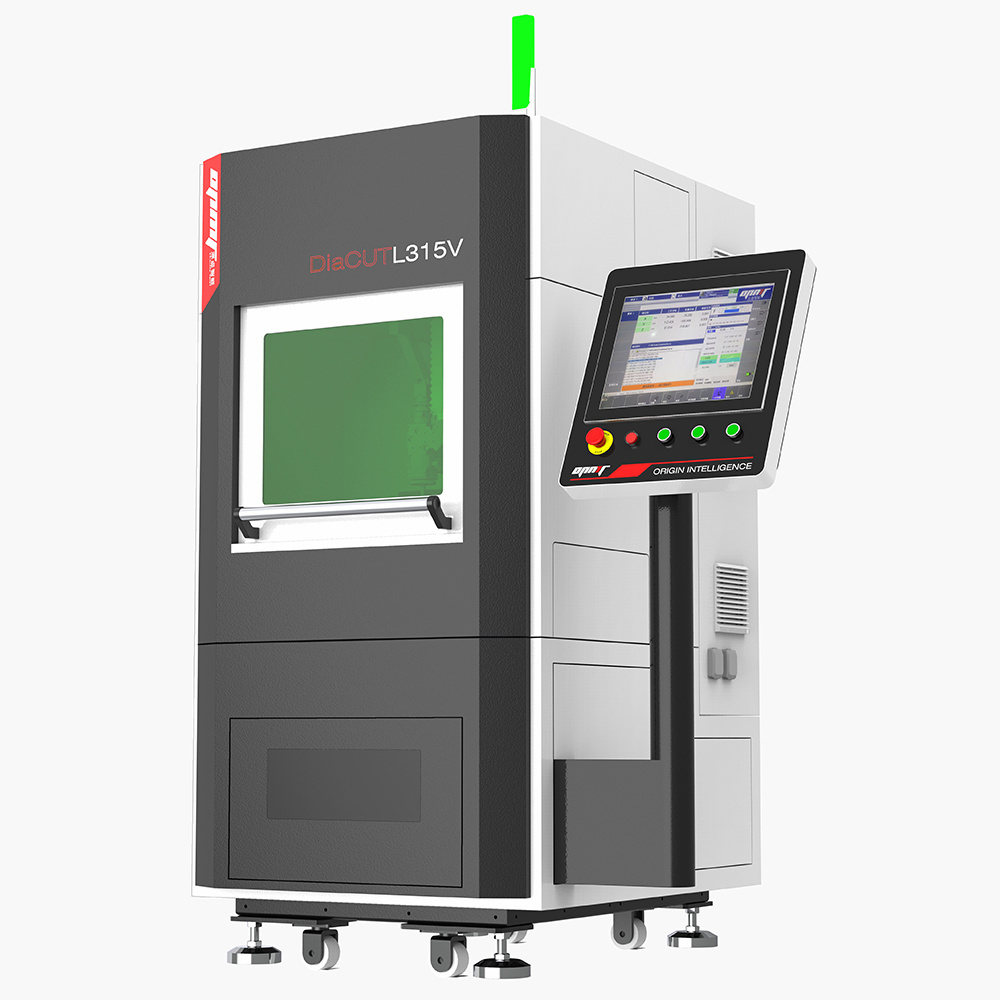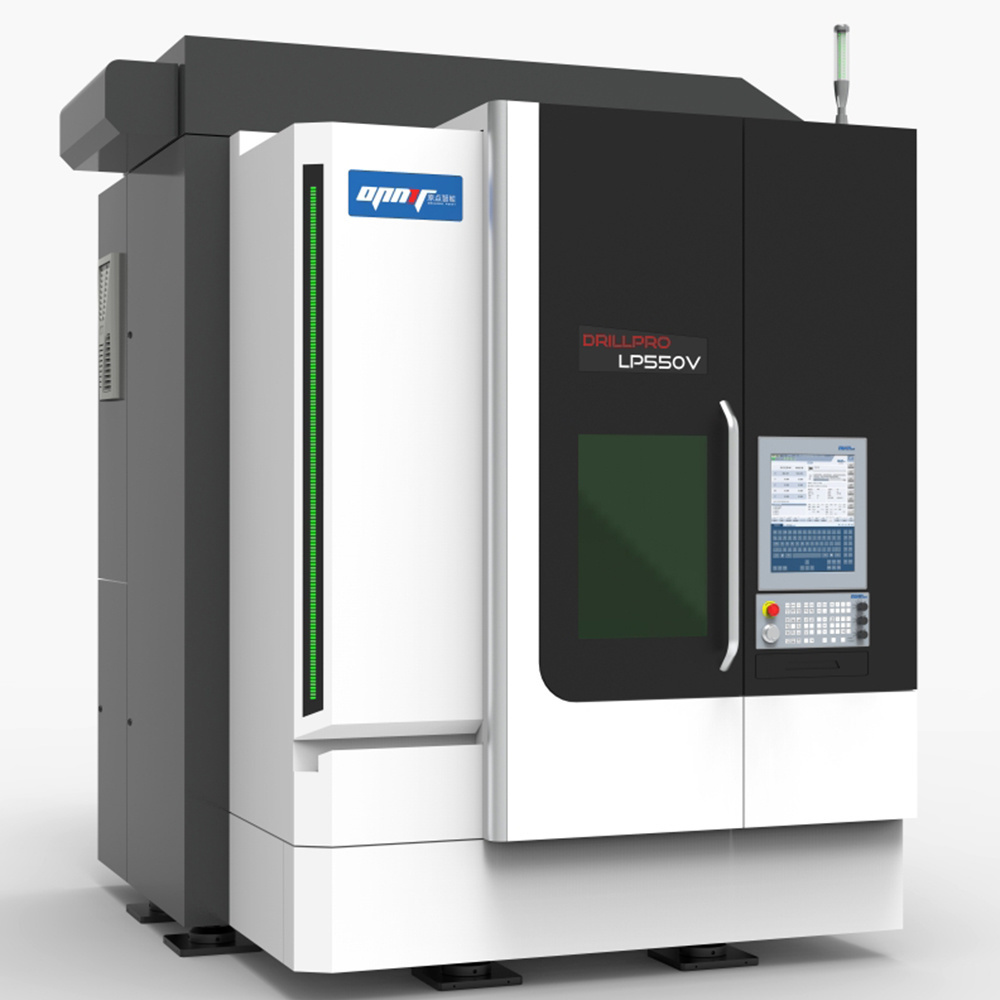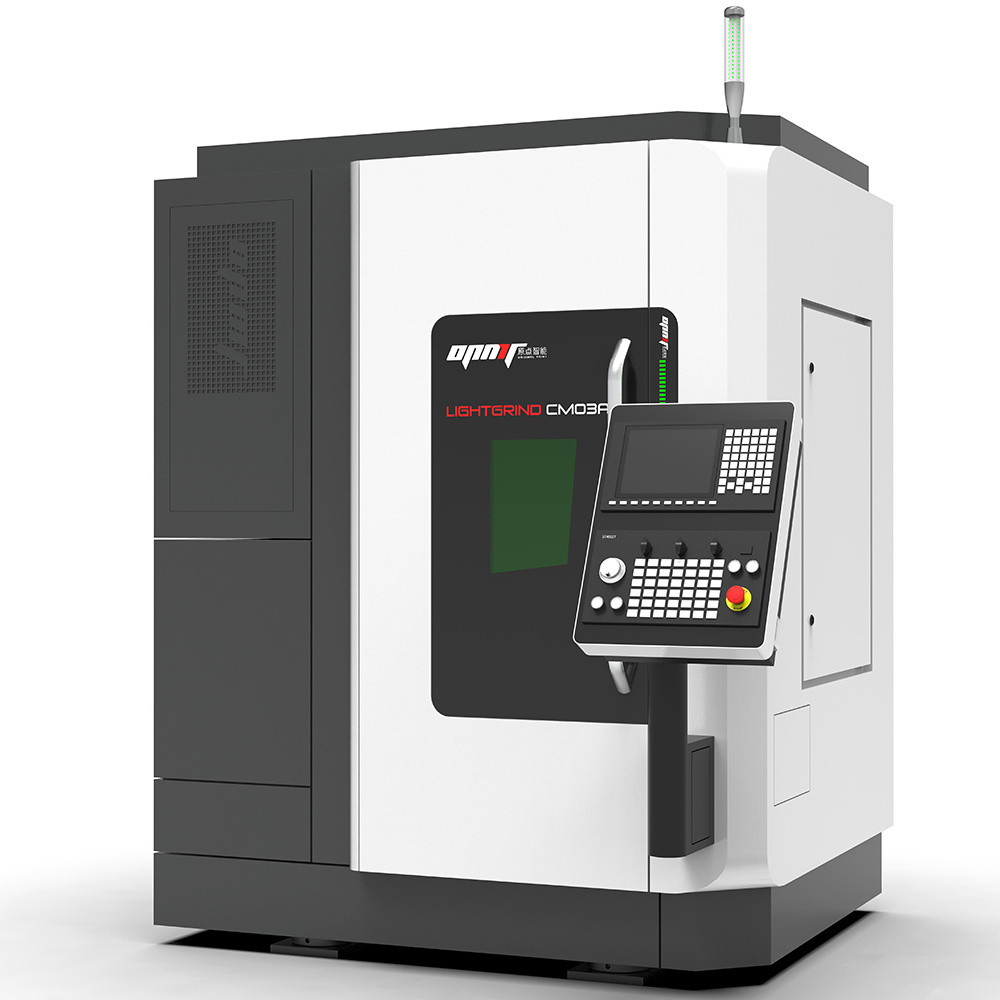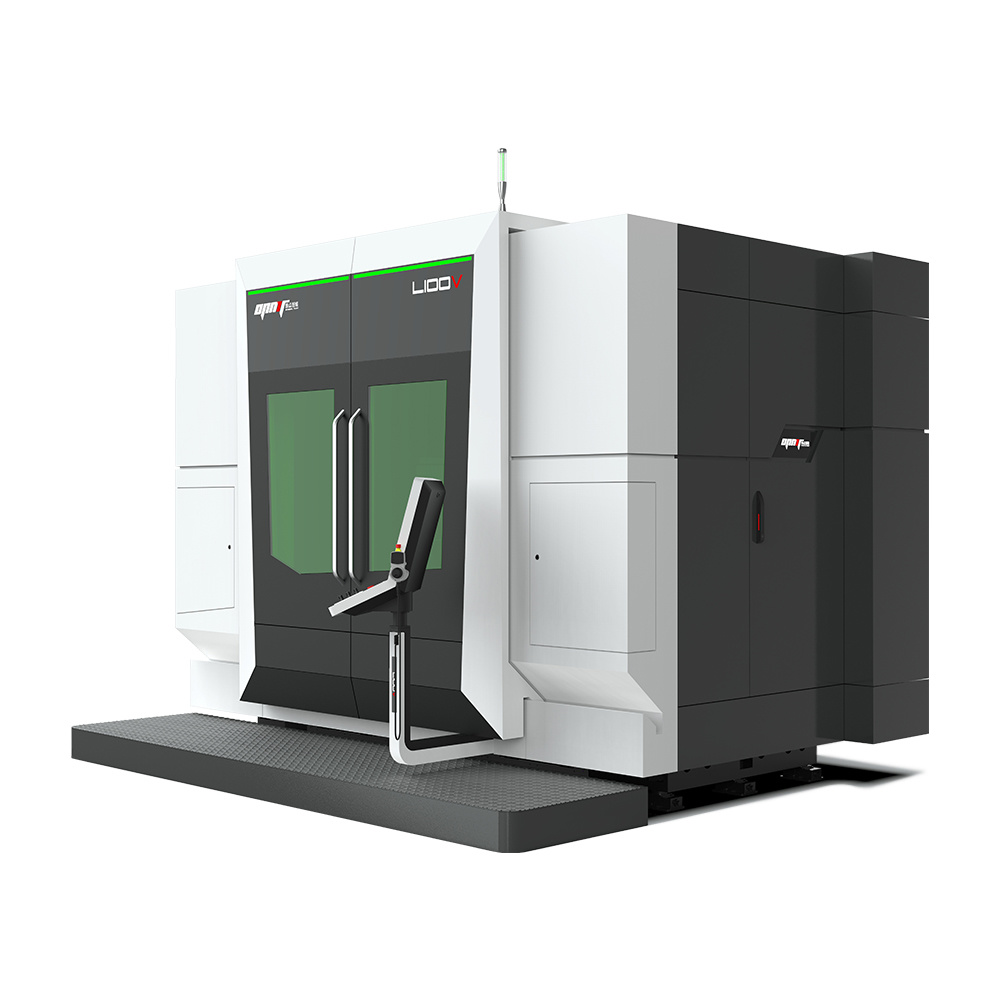Welcome to Original Point Intelligent Technology
Apr 24,2024
8 types of joint machines and technology, collection motion
When it comes to manufacturing, machinery manufacturing and technology is an essential part or lost. The cutting operation is the manufacturing of raw materials to the required shape, size and quality of the surface, covering a wide range of precision machinery techniques to address the needs of different parts. Below are details of eight types of joint mechanical operation.
01. Turning
Turning is to lock the work on the work holding the device rotating, and then gradually cut the material on the work with the tool to get the required shape and size. This method is suitable for the manufacture of cylindrical parts like sleeve shaft. The method of picking a tool that changes the shape of the end product and surface rough.
Turning can be divided into different types, including external circuit turning, internal circuit turning, plane turning, thread turning and so on.
The outer circle turning is usually used in the form of a shaft, cylinder, cone, etc. In the inner circle turning, the tool inside the hole of the work, the diameter and surface of the internal hole equipped to the required size and precision. Plane turning is used in the form of making a flat surface, like the base or end of the face of parts. The thread gradually transformed the cutting of the thread into the shape, including the internal and external threads, by moving the cutting edges from the cutter to the surface of the work.
2. Grinding
Grinding cutting materials on the surface of the work through a rotating tool, through the control of the movement of the cutting tool, can be producing parts with complex shapes like plane, concave surface, convex, gear, and so on. The plane covers grinding, vertical grinding, grinding end, gear grinding, grinding contour, etc. All style occasion for different handles need.
In the grinding plane, cut the edge of the cutting tool on the surface of the work to get a flat surface. Vertical grinding is most often used for processing cheeks and holes throughout the direction of height of the work. The end of grinding is cut on the side of the work, and it is most often used in the processing of contour, cheeks, rim, etc. Milling equipment and a special tool with cutting edge of personal gear cutting; Grinding contour used to manufacture complex curved or contour shapes, path tool can be controlled meticulous.
Drilling
Drilling is to cut the material on the work by rotating the bit to form holes with the required diameter and depth, and are used wide in the areas of manufacturing, construction and maintenance. Drilling is usually divided into different types, like traditional drilling, drilling center, deep drilling, multi-axis drilling.
Traditional drill with spiral drill with cutting edges, it is used in small holes and general drilling needs. Drilling center is to make a small hole on the surface of the work, and then use the largest drilling bit, to ensure the position precision of the large hole. Deep hole drilling used for deep hole processing, which need special drilling and cooling technology to ensure the precision and quality of machines. Multi-shaft drilling uses a plethora of drilling bit at one time at different angles, so the utility model is an occasion to treat multi-holes at one time.
04. Grinding
Grinding is the use of a tool that is gradually cutting or removing materials from the surface of the work to get the required shape, size and quality of the surface. Grinding is commonly used in high precision and high quality machinery surface parts, like molds, precision machinery parts, tools and so on.
Grinding can be divided into grinding surface, grinding grinding outer contour, internal. Flat surface grinding used in processing a flat surface of the work to get a flat surface and dimensional precision. Cylindrical grinding cylindrical work surface, like shaft, pin, etc. Internal grinding used in the processing of the inner surface of holes, like internal holes, shaft holes, etc. Grinding contour used for processing complex shapes contour, like cutting edges of molds and tools.
5. Boring's boring
Boring by circular holes used in the processing of the interior of the work piece, by rotating cutting tools in the holes that are in hand to achieve dimensional precision and flattening targets. In reverse drilling, drilling holes are shaped by cutting materials on the surface of the work and boring by inclusion of cutting tools in the work.
Boring can be divided into manual control nostril boring. Manual boring occasion for small payment production and simple processing work. North carolina boring sets the path of cutting, feed rate and rotation speed through programming, so as to achieve high precision cutting.
Planning
Planning is to cut the material on the surface of the work with the use of planer to get the required flat surface, dimensional precision, and surface quality. Planning is usually used for processing a flat surface of the largest work piece, like base, bed, etc. The benefit of the model can provide a smooth surface of the work, making it fit for use with other workpieces.
Planning is usually divided into two stages: raw and finishing the operation. At the stage of fermentation, the cutting depth of the leveling tool is larger in order to remove the material fast. At the stage of finishing, the depth of cutting falls to maximize surface quality and dimensional precision. Planning can be divided into two types: manual automatic planning planning. Manual planning production small payment and simple processing function; Automatic planning machine uses automatic control tool motion planning to make the most stable and effective cutting operation.
. Drawers
The inclusion of a tool used by circular cutting, making the inside of a complex contour, is most often used in the processing of contour workpieces, cheeks, hole, and various forms. The inclusion can usually get the top precision of machines and surface quality, applicable to parts that need high precision and good surface quality. Overall it is divided into plane, contour, cheeks, hole and so on.
Flat insert used in processing the flat surface of the work to get a flat surface and dimensional resolution. Contour inclusion used in complex machines contour shapes, like molds, spare parts, etc. Inclusion cheeks used for processing of furs and handcuffs, cutting edge enter the work and cut off the length of the work surface. The cutting edge enter the hole and cut the inner surface of the hole.
Administrative organization
Electric discharge puller (administrative regulation) uses electric discharge arc for cutting and processing of conductive materials, in order to get high precision, complex shape of parts, like molds and tools, and are commonly used in the manufacture of molds, plastic injection molds, aeroengine parts, medical devices and other fields. Electric discharge puller
Key components of administrative organization:
1, non-contact parts: different pieces of traditional machines, administrative regulation is non-contact processing method. There is no direct physical contact between the tool and the work, but the materials that are abstract by the vacuum arc.
2, high precision: the administrative organization of the cutting can carry out high precision, and can usually be up to the level of sumicron dimensional resolution. This makes it fit for making high precision molds, models and other precision parts.
3, complex shape: as the administrative organization is non-contact processing method, it can be used to treat very complex forms, including inner contour, holes, canyons and so on.
4, applicable to high hardness of materials: administrative regulation is applicable to high hardness of materials, as it is not based on traditional cutting method tool hardness.
Above are 8 types of joint machines, all kind of machines and technology have a special application area and excel. The right operation is based on the material, shape, size, and surface requirements of parts.
Related News
Why non-standard cutting tool is very important
Apr 24,2024
Modern development trend grinding north carolina
Apr 24,2024


